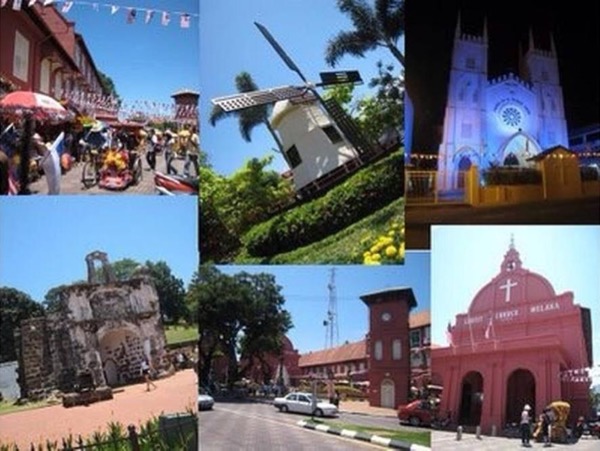Wednesday February 23, 2011
Committee requests aid for heritage building from government
By PERCY D’CRUZ
malacca@thestar.com.my
MALACCA: A protem committee comprising local church members have jointly submitted a working paper and request for a RM400,000 grant to the Ministry of Culture, Arts and Heritage to restore the Sacred Heart chapel at Jalan Tengkera.
Vice president of the Malacca Heritage Trust Michael Banerji said that if the ministry would approve the project, the chapel would serve as a venue for meetings and gatherings among the Catholic and Christian groups and also house a resource centre and library.
Banerji added that the working paper made explicit mention of the restored building not as a place of worship, but as a venue for meetings, gatherings and fellowships for the three major local Roman Catholic churches namely: St. Francis Xavier, St. Peter’s and St. Theresa’s, apart from other Christian denominational churches based in the state.
 Falling into ruin: The old quaint Sacred Heart Chapel along Jalan Tengkera in Malacca.
Falling into ruin: The old quaint Sacred Heart Chapel along Jalan Tengkera in Malacca.The committee also proposed for part of the chapel to be used as a funeral parlour for Christian families who reside in apartments, flats and high-rise buildings in the vicinity where sites for wakes and memorial services are not available.
“We proposed for the restored premise managed by the state heritage trust. In this manner, local and foreign historians and other relevant professionals and experts can undertake research or studies there.”
The Sacred heart Chapel which is listed as a national heritage site, was built around the 1860s and came under the purview of St. Peter’s Church, the country’s oldest Roman Catholic Church established in 1710.
The chapel’s land was leased to the church for 99 years, expiring in 1960. The lease was later extended by a further ten years.
Since 1970, the late Father MJ Pintado the then parish priest of St. Peter’s, maintained correspondence with the local state authorities for lease extension on the grounds of the edifice being a place of worship.
However, the request was turned down and the church continue to pay a nominal sum as land rental.
The then state authorities also gave an assurance that the building would remain as a place to serve local Christians and Catholics, provided the specific area was not gazetted for future general development.
